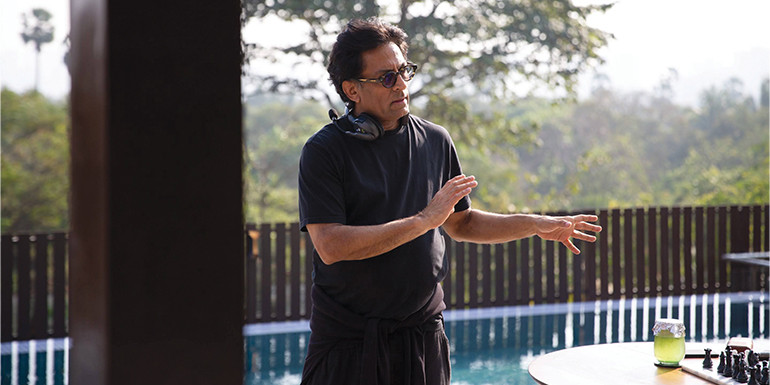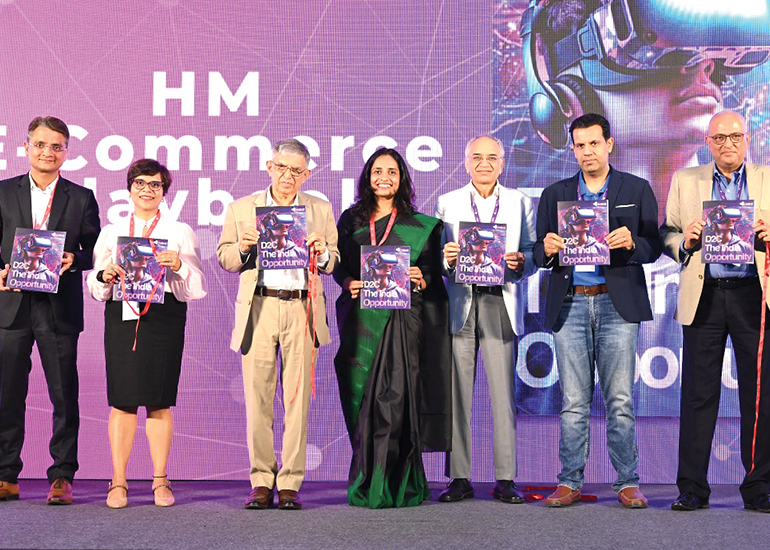You can’t master filmmaking. Instead, I’d rather call this piece the continuous search for emotional storytelling as a filmmaker. This search is a quest, and quests arise from questions. Advertising has taught me to ask four essential questions: 1. What am I saying? 2. How am I saying it? 3. Who am I saying it to? The first three questions are standard in advertising. Clients and agencies have enough systematised thought to answer them. The fourth question is, How should I make you feel? That’s alchemy. It’s rocket science.
We all know that buying a brand is about buying a feeling. We are in the business of feelings. I gauge if I’ve succeeded in selling the feeling (the emotion) after I have presented the commercial to a client. The client typically calls in a group of people from their office, who know nothing about the script, to see the ad. They are asked, Ad kaisi lagi? This is my test. If I can predict the expression on their faces and succeed in making them feel what we set out to do, then I’ve succeeded. I’ve done my job. This, apart from it being able to increase sales, which I’m always interested in knowing. I always ask after it’s released, ‘Ad hit hue ke nahin?’ Hit means, did it hit the target audience, did it sell? And ideally, did it become part of cultural conversation? Something that has happened to me a few times in my career.
When I succeed in evoking the intended emotion the audience experiences, that’s what Bharat Muni in the Natya Shastra calls ‘Ras Nishpatti,’ which means the culmination or realisation of the aesthetic experience. When I succeed in altering your mood and emotion in the intended, predicted way, then I suppose I have mastered emotional storytelling, but only for that particular piece. It doesn’t mean that I’ve mastered it for the next one. My friend’s mother told him, ‘you can climb the mountain and get to the top but remember you have to climb down before climbing the next mountain.’ And of course, the next mountain is a different one. Just because you mastered the earlier one doesn’t automatically mean you can master the next one. Whenever I felt that I have mastered cinema, immediately after, the ‘Ma’ in cinema slapped me into un-mastery (if there is such a word). Cine-ma (like all ‘Mas’) is not something to master or control. It can be loved (or not) but it can’t be mastered, for mastering is about knowing, and cinema is about not knowing, it’s about searching.

In filmmaking, I am a mood-alterer. That’s what drugs do and that’s what I do. I am a mood changing peddler. (Shamelessly, allow me to add that I’m still very much making ads. I am passionate about advertising. Now you know why I wrote this piece—it’s to advertise myself.)
In this age of distraction, where brand loyalty is getting redefined, the big question brands face is - where should advertising go to remain emotionally relevant in people’s lives? With the advent of data analytics, AI, and machine learning, we now have tools that allow us to understand audience behaviour and preferences with unprecedented precision. This data-driven approach can enhance our storytelling by ensuring that the right message reaches the right audience at the right time, creating a more personalised and impactful experience. However, I have yet to come across anything AI-driven that can predict the feeling that the audience should feel and then write the ad or film from there backwards. This approach is called ‘right-box thinking’ or ‘back casting’, starting by developing a future intended state or feeling. My job is to discuss and predict the feeling we are selling.
Until the day AI can predict the audience’s feelings and create something that makes them feel that way, I’m happy to know that we can’t master emotional storytelling. I’m happy to not know, but yet to ask, and search, and practice and sometimes master the rocket science of Rasa.























